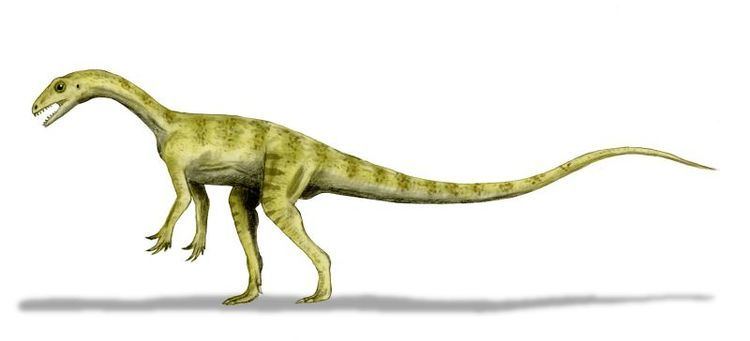 | ||
The Rhaetian is, in geochronology, the latest age of the Triassic period or in chronostratigraphy the uppermost stage of the Triassic system. It lasted from 208.5 to 201.3 million years ago. It was preceded by the Norian and succeeded by the Hettangian (the lowermost stage or earliest age of the Jurassic).
In this age, Pangaea began to break up, though the Atlantic Ocean was not yet formed.
Stratigraphic definitions
The Rhaetian is named after the Rhaetian Alps, a mountain chain stretching over parts of eastern Switzerland, northern Italy and western Austria. The stage was introduced in scientific literature by Austrian geologist Eduard Suess and German paleontologist Albert Oppel in 1856.
The base of the Rhaetian did not yet have a unanimously agreed upon definition in 2009. In the Tethyan domain, the base of the ammonite biozone of Sagenites reticulatus is used, in the boreal domain (where this species is not found) the base of the biozone of Cochloceras amoenum is used instead. The base is also close to the first appearances of conodont species Misikella spp. and Epigondolella mosheri and radiolarite species Proparvicingula moniliformis.
The top of the Rhaetian (the base of the Hettangian stage, the Lower Jurassic series and the Jurassic system) is at the first appearance of ammonite genus Psiloceras.
In the Tethyan domain, the Rhaetian contains two ammonite biozones. The highest ammonite biozone is that of Choristoceras marshi, the lower one that of Rhabdoceras suesii. The end of this period is marked by the Triassic-Jurassic extinction event .
